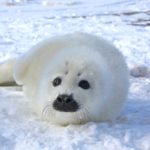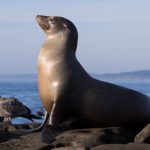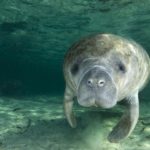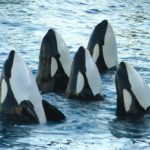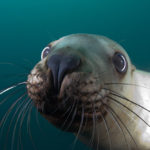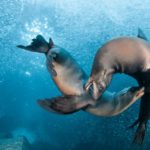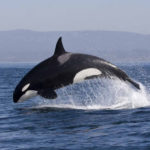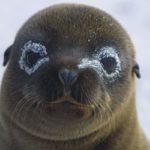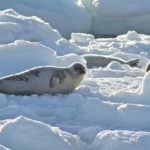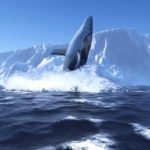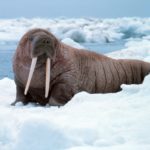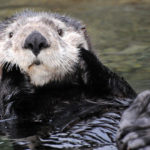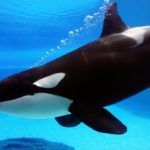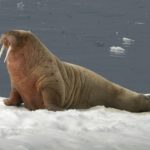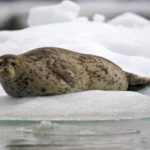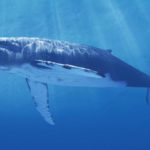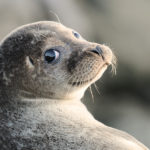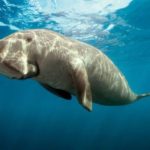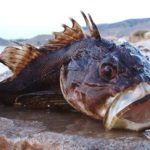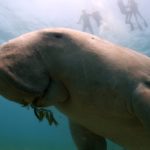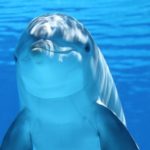Aquatic mammals
 Mammals are children of the earth, but among them there are three special orders, the so-called aquatic mammals – representatives of which have forever associated themselves with the water element. These aquatic mammals include cetaceans – whales and dolphins, pinnipeds – seals, seals, sea lions and sirens – dugongs and manatees.
Mammals are children of the earth, but among them there are three special orders, the so-called aquatic mammals – representatives of which have forever associated themselves with the water element. These aquatic mammals include cetaceans – whales and dolphins, pinnipeds – seals, seals, sea lions and sirens – dugongs and manatees.
Only whales and dolphins truly mastered the vast expanses of the oceans and annually plow them from south to north like ocean ships.
Two other groups of aquatic mammals are more associated with shallow waters off the coasts of islands and continents – seals and walruses as well with floating ice, although sirens never go on land and, unlike pinnipeds, give birth to cubs underwater.
And cetaceans, pinnipeds, and sirens are normal mammals in terms of their physiology and biochemistry. They are warm-blooded and breathe easy; have a developed brain and mammary glands; give birth to live cubs and feed them milk. At the same time, they have a fishy streamlined body, flippers and even fins. The main “motor” in the construction of whales and sirens is a strong tail with a large double blade. The pectoral fins are stabilizers when moving, and the dorsal “shark” fin, when present, is a tool for increasing speed.
The body of seals also pushes the “tail” forward, but it looks and works differently; it’s like a “screw” from the alternately raking back fins. Small front flippers are pressed to the sides or work as “rudders” in corners. Sea lions and seals use “waving flight” under water – like penguins, raking in long front fins, while the rear ones only rule. Walruses combine both of these techniques.
Pinnipeds are able to go to land, where they rest and give birth to cubs. Seals cannot raise their bodies above the ground and crawl on their belly due to wave-like movements. Fur seals and sea lions, on the contrary, pull back flippers under themselves and push them off the ground, throwing the body forward. Walruses move in a similar way.
